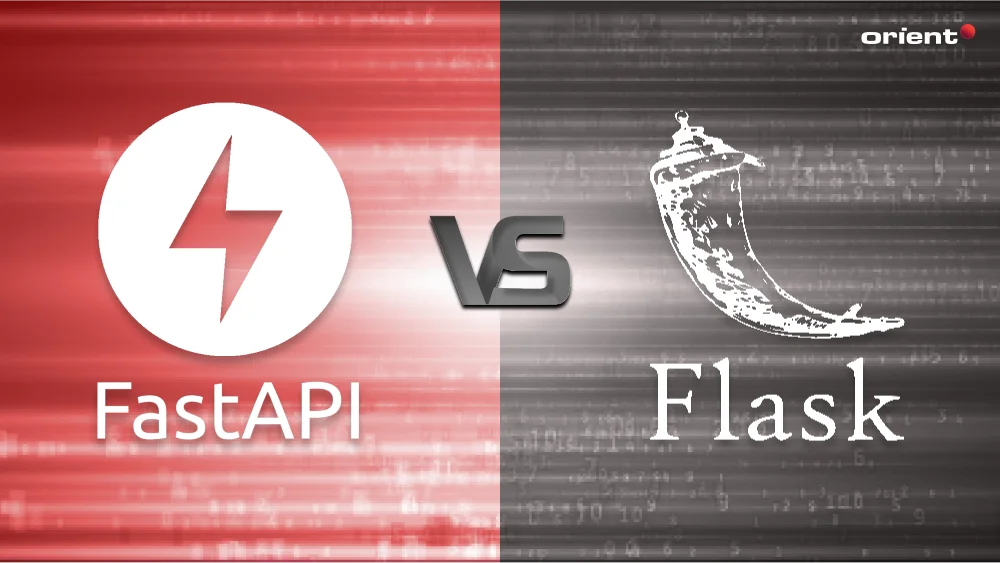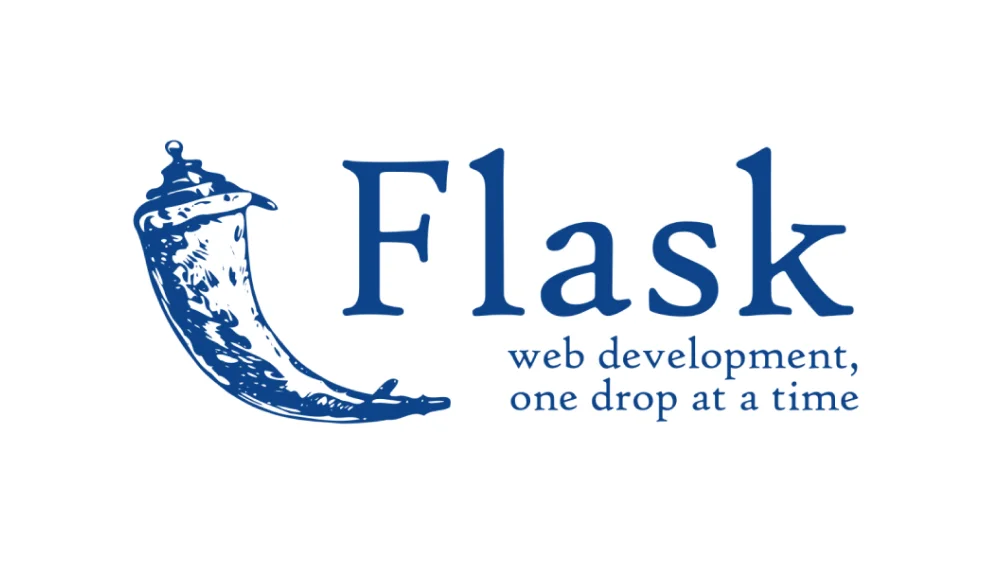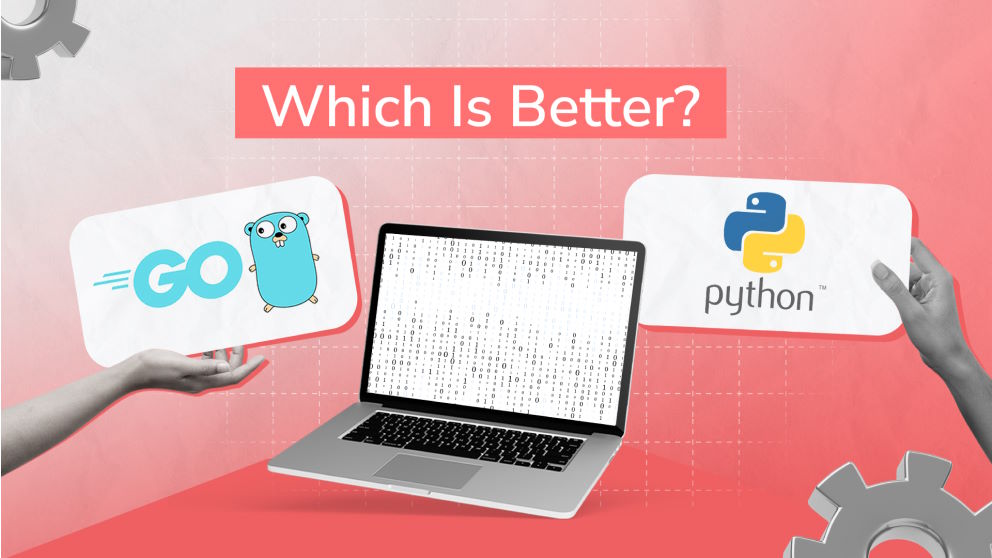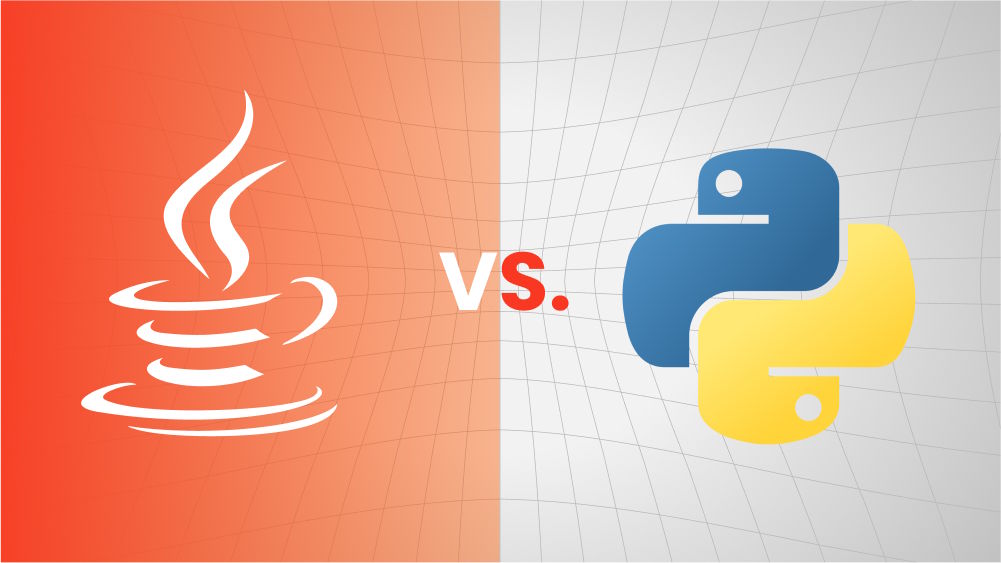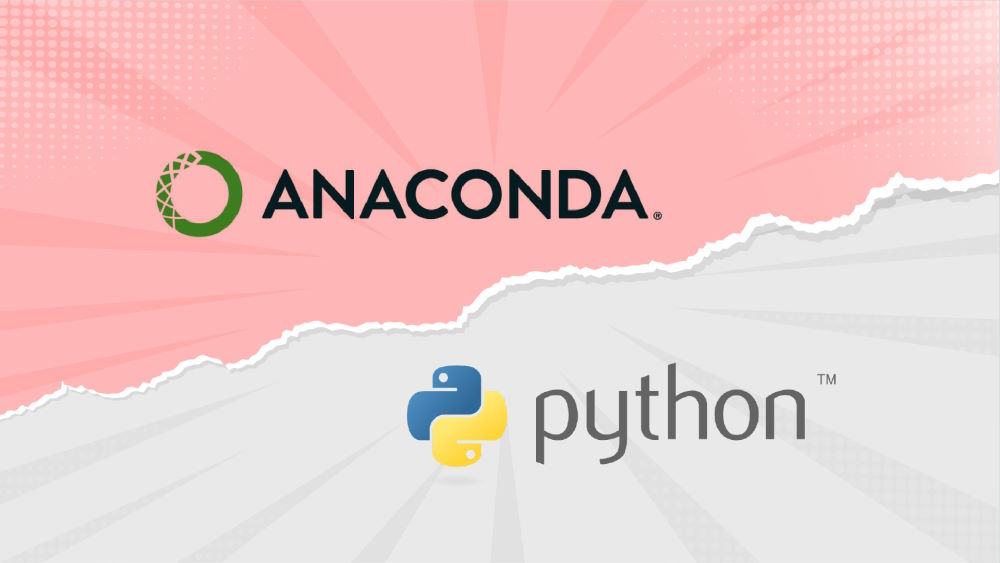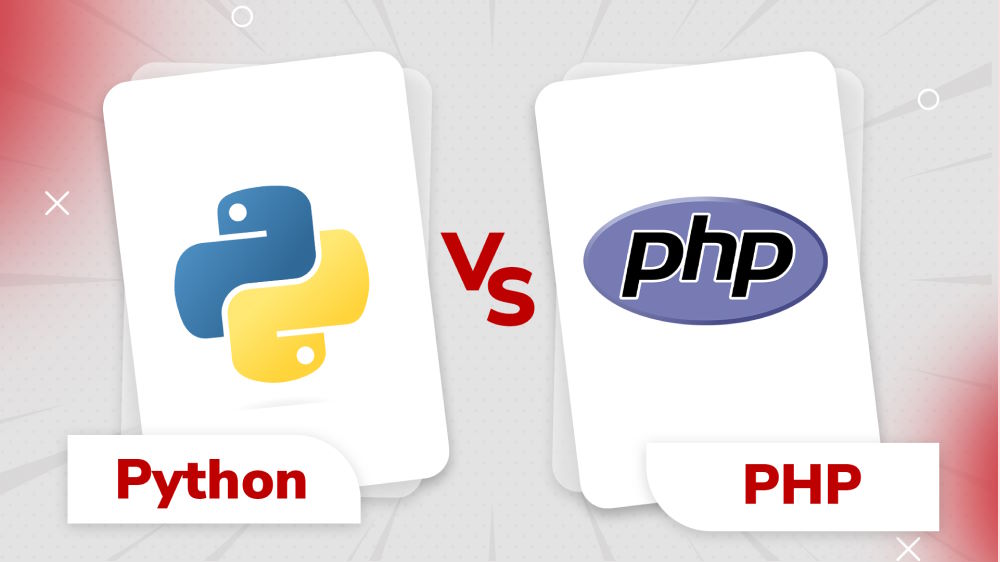Deciding on the right web development framework to use is vital to developing a fast, scalable, and efficient web application.
In the world of Python, the two most popular web frameworks are Flask and FastAPI, and they each have their unique advantages and use cases. Whether building a simple website or a full-scale web app with third-party integrations, learning the differences helps you choose the right tool for the job.
You’ll learn the difference between FastAPI and Flask, including their advantages, disadvantages, and use cases.
Key Takeaways:
- FastAPI and Flask are two popular frameworks for the Python programming language.
- Flask is a lightweight framework for developing small web apps and prototypes, while FastAPI is better suited for building APIs from scratch.
- A software development company like Orient Software can help you choose the best framework for your Python development project.
What Is a Web Development Framework?
![What Is a Web Development Framework?]()
Before we cover the differences between Fast API and Flask, let’s discuss what a web development framework is.
A web development framework is a set of tools and resources. Developers use these tools to simplify the software development process and manage different aspects of a project. For example, a developer may use templates – pre-defined user interface (UI) elements – to speed up the UI-building process.
Other common elements found in a web development framework are:
- Libraries: Pre-written snippets of code to execute common tasks.
- Templates: Preset UI and User Experience (UX) elements to create user interfaces
- Compilers, Translators, and Debuggers: Tools that help convert code into other code types.
- Documentation: Guides and tutorials to help developers use the web development framework properly.
What Is the Difference Between Single and Multi-Language Frameworks?
Some web development frameworks are specific to certain programming languages. This means that the framework will only work with a certain programming language. For example, Flask and FastAPI only work with Python.
Other frameworks are multi-language. This means that they work with multiple programming languages. For example, Ionic is a cross-platform framework, as it’s compatible with HTML, CSS, and JavaScript.
What Is Flask?
![What Is Flask?]()
Flask is a Python-based microweb framework. More specifically, it is a Web Server Gateway Interface (WSGI), a framework that forwards requests from web servers to the backend of a Python application. This functionality allows Python to be deployed to web servers and process requests.
Flask is considered a lightweight web framework. Developers don’t need specific tools or libraries to create a Python-based web app. Instead, Flask has only the bare essentials, such as routing and request handling. This makes it easy for freshers and experienced developers to use.
Due to the lightweight nature of Flask, it is best suited for small-scale app development. Companies that use Flask include Netflix, Zillow, and Lyft.
Key Features of Flask
Below are some of the main features of Flask:
- Jinja2 templates: Text-based templates for developers to input certain functions and commands into an app without writing code from scratch.
- Integrated support for unit testing: Contains built-in functionalities for developers to conduct unit testing – the practice of testing individual components within an app.
- WSGI compliant: As a WSGI application, Flask converts HTTP requests into WSGI environments – and vice versa.
- Lightweight: Since Flask is devoid of external libraries, it is easy for beginners and advanced developers to build various web applications.
What Is FastAPI?
![What Is FastAPI?]()
FastAPI is a Python web development framework for building APIs in Python 3.7+. It is also a standard type hint, which lets developers overcome errors caused by dynamic typing in Python. How? By using optional static typing instead.
FastAPI is used specifically to create RESTful APIs, which allow two or more computing systems to exchange data. As the name implies, FastAPI is, well, fast. It can run as fast as other high-performing frameworks like Go and NodeJS.
Also, FastAPI can handle requests asynchronously. This makes it easier for developers to create web apps that rely on triggering external events to function properly, such as performing database queries or network requests.
Key Features of FastAPI
Below are some of the key features of the FastAPI framework:
- Fast performance: FastAPI is a high-performing framework that offers performance on par with Go and NodeJS.
- Automatic documentation: FastAPI generates documentation automatically based on the code that developers write. This makes it easier for developers to write and test their APIs.
- Asynchronous programming support: Developers can use FastAPI to develop APIs that can handle multiple requests concurrently. The result is better performance for apps that allow clients to make a request and proceed without waiting for a response.
- Dependency injection: A dependency injection lets developers define reusable components (dependencies) in their code and then automatically inject those components into different parts of their app.
What Are the Differences Between Flask and FastAPI?
Flask and FastAPI are great Python web frameworks for developing apps and APIs. Outsourced Python development teams use both often. However, there are key differences between the two, which makes them suitable for different use cases. Let’s explore those differences in greater detail.
FastAPI Vs. Flask: Data Validation
Data validation is the process of ensuring the data in your code is clear, concise, and accurate. FastAPI has a built-in data validation tool to help out with this task. It is powered by Pydantic models, which allows developers to validate the robustness and reliability of their codebase.
Flask, on the other hand, does not have built-in data validation. If a developer places the wrong input into Flask, it will cause the app to crash. Hence, developers must validate their code or use an external service.
FastAPI Vs. Flask: Performance
Flask is best suited for small, lightweight web apps. It performs best in web apps that don’t handle large volumes of concurrent tasks and don’t require I/O-bound tasks. I/O bound tasks refer to input/output operations, where the speed of such operations is determined by your disk read/write speeds or network connection speeds.
What about FastAPI? It outperforms Flask on web apps – particularly database web applications – that require I/O bound tasks and need to handle large volumes of concurrent connections. Why? Because Fast API is built on the Asynchronous Server Gateway Interface (ASGI), whereas Flask is built on the traditional WSGI system.
FastAPI Vs. Flask: Displaying Error Messages
Flask developers define and display custom error messages through HTML pages. Developers define these error messages manually.
FastAPI is integrated with Pydantic models that generate detailed and legible error messages automatically. These error messages are displayed in the JavaScript Object Notation (JSON) format.
FastAPI Vs. Flask: Documentation Support
FastAPI generates documentation automatically as developers write code. This information is presented in a clean, user-friendly interface. Developers can also use the UI to test services – even before the code is written.
Flask only supports manual documentation. This means developers must write their own documentation by hand. If they wish to automate the documentation creation process, they can use a third-party application like Swagger.
How to Choose Between FastAPI and Flask
![How to Choose Between FastAPI and Flask]()
The right framework for you depends on your unique circumstances. FastAPI is a full stack framework, ideal for building different types of APIs from scratch quickly and easily. Flask is a simple, lightweight framework for building simple web apps and prototypes quickly. No one framework is better than the other – it depends on the job at hand.
When you approach a dedicated software team, they can help you choose the best framework. At Orient Software, we take the time to understand your business and goals. We also review your technical stack and assemble a team with skills and knowledge that match your project requirements.
Here is a quick reference guide on when to use FastAPI vs Flask:
When to Use FastAPI
FastAPI is best suited for building APIs from scratch for complex applications. Due to its asynchronous capabilities, FastAPI can handle large volumes of concurrent requests, making it ideal for apps with long-term scalability needs.
Also, FastAPI outperforms Flask on apps that require I/O-bound tasks. These are tasks limited by input and output operations, including hard drives, network connections, and peripheral devices. Apps that access data from databases benefit from the capabilities of FastAPI.
When to Use Flask
Flask is best suited for developing simple, small-scale web apps quickly and easily. It is a popular choice for developing prototypes – also known as minimum viable products (MVPs).
For beginners who need to complete projects quickly and who may have little to no programming knowledge, Flask is a viable and accessible choice with a low barrier to entry. There are also no external libraries, meaning fewer parts to disassemble and reassemble, further streamlining development.
Choose Orient Software for Python Development
Choosing the right framework is vital to a successful web development project. At Orient Software, our 350+ skilled and motivated team has completed over 200 projects for more than 100 clients worldwide.
Our Python development services help you deploy fast, scalable, and user-friendly web applications within budget and on time. We also provide post-deployment support to keep your Python apps secure and up to date.
Contact us today. Discover how our Python development services can help transform your business.


